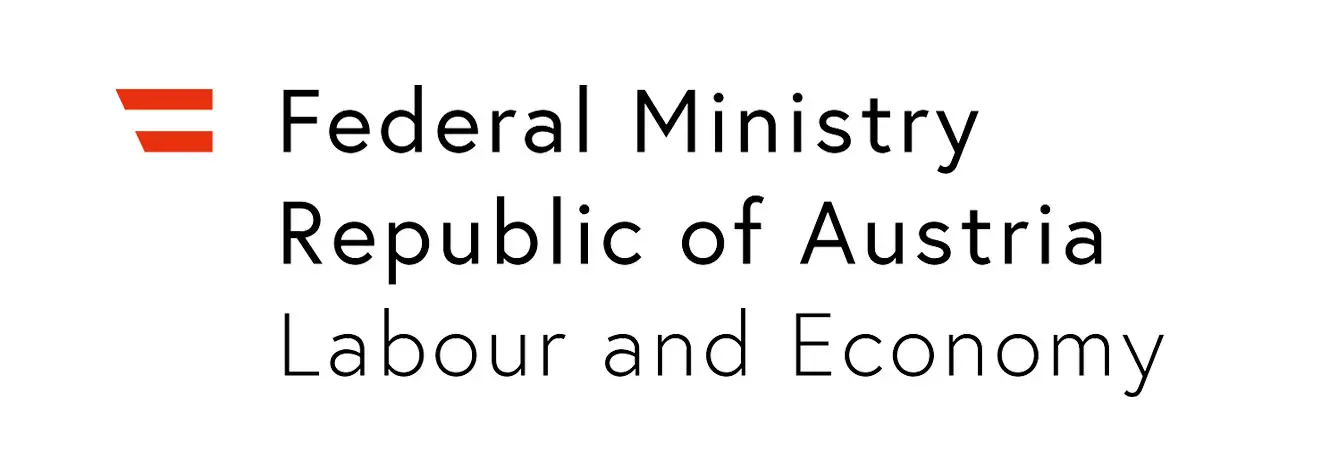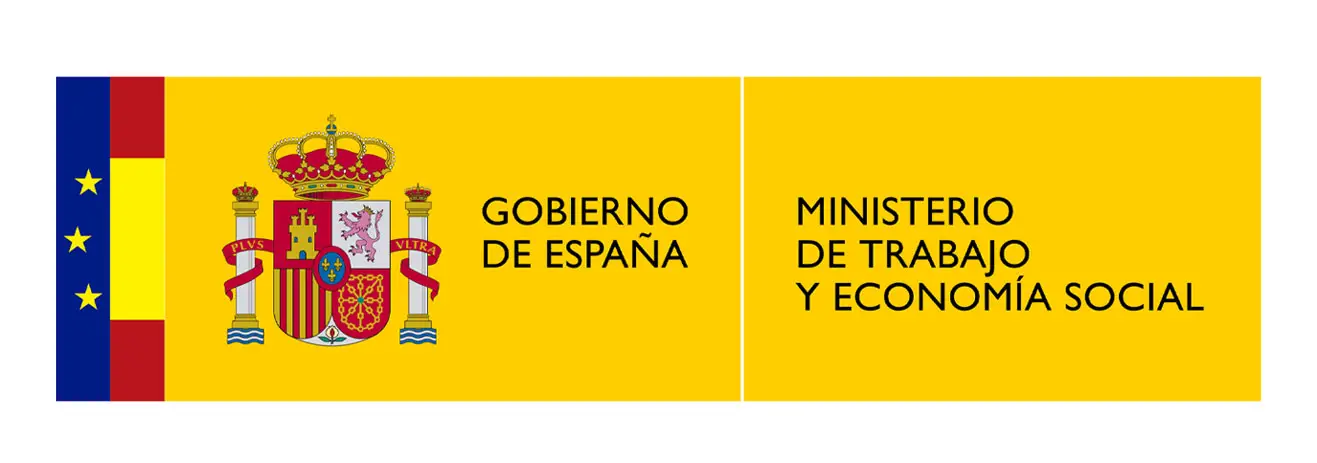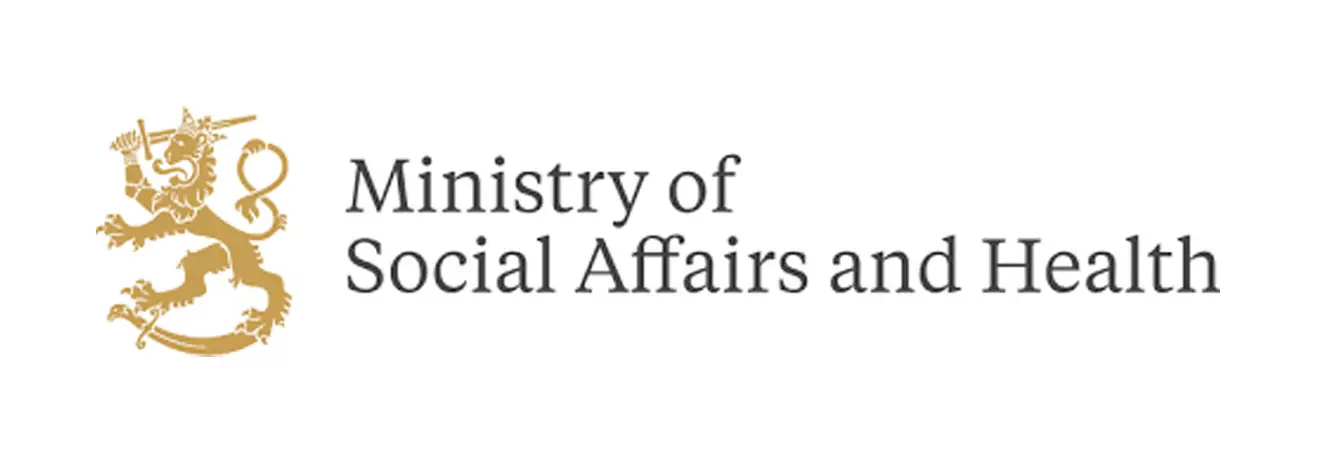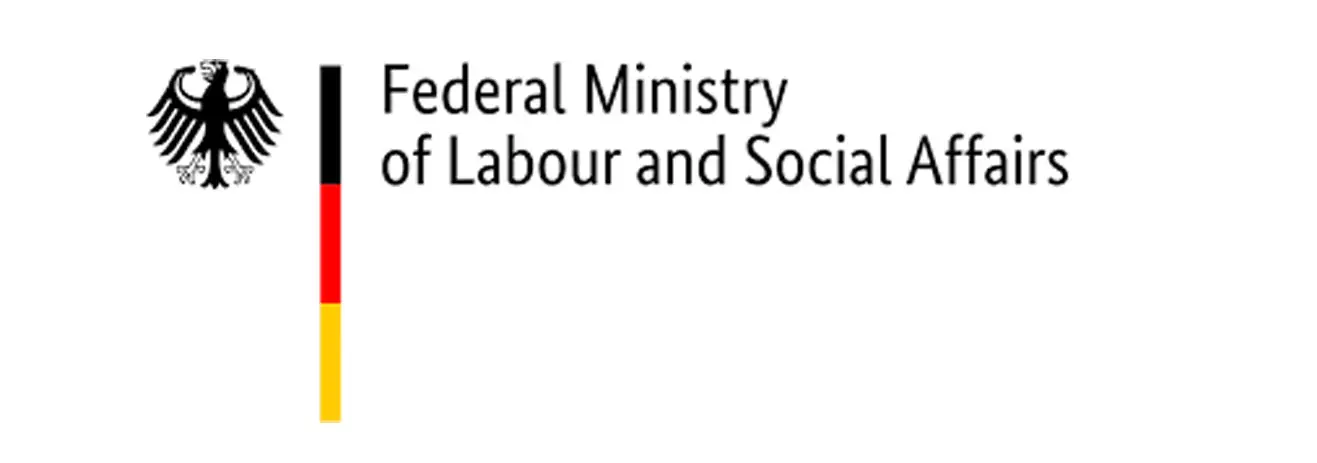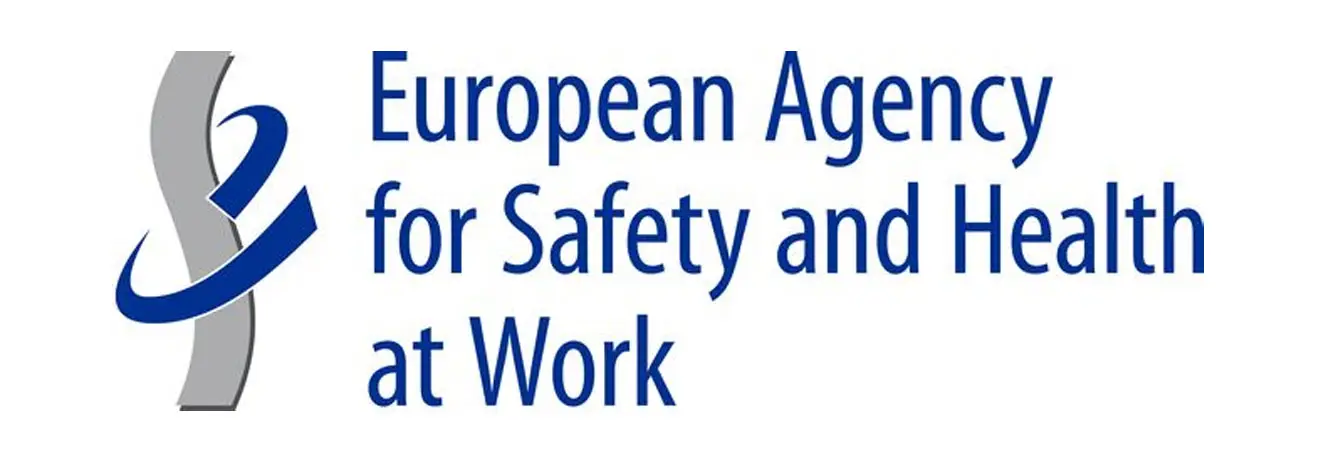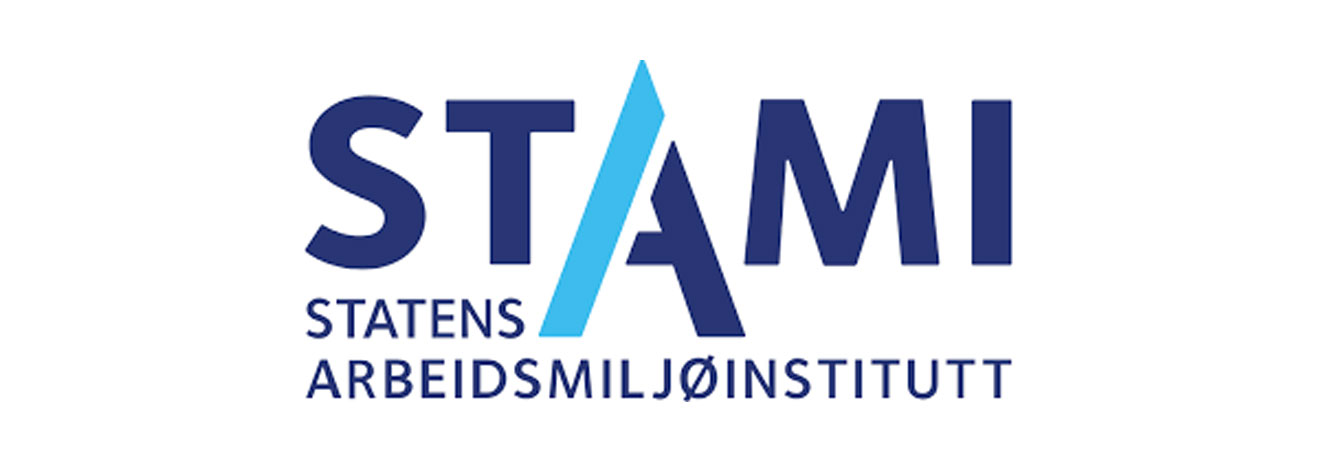Fire chiefs have the highest ranks in a fire service and are responsible for the overall management and organisation of fire service activities. They manage the budget, direct personnel, coordinate cooperation with other authorities and represent the organisation externally.
From time to time, the head of a fire brigade also faces the challenge of acting effectively in complex emergency situations, making decisions at the highest level and ensuring the safety of the population. They bear a great deal of responsibility for the efficiency and success of the fire service organisation.
In doing so, they also expose themselves to potential occupational hazards associated with their position.
As with firefighters, a major concern is the potential exposure to hazardous substances, combustion by-products and toxins released during fires. To minimise this risk, it is also essential to wear suitable personal protective equipment (PPE) and comply with safety regulations, as well as to decontaminate contaminated areas of the body as quickly as possible with soap and penetrant-free products.
By prioritising safety measures, utilising protective equipment, and strictly adhering to industry guidelines, Fire Chiefs can significantly reduce potential carcinogenic risks associated with their profession. Regular health check-ups, ongoing safety training, and maintaining awareness of potential hazards contribute to a healthier and more sustainable career in firefighting and emergency response leadership.

